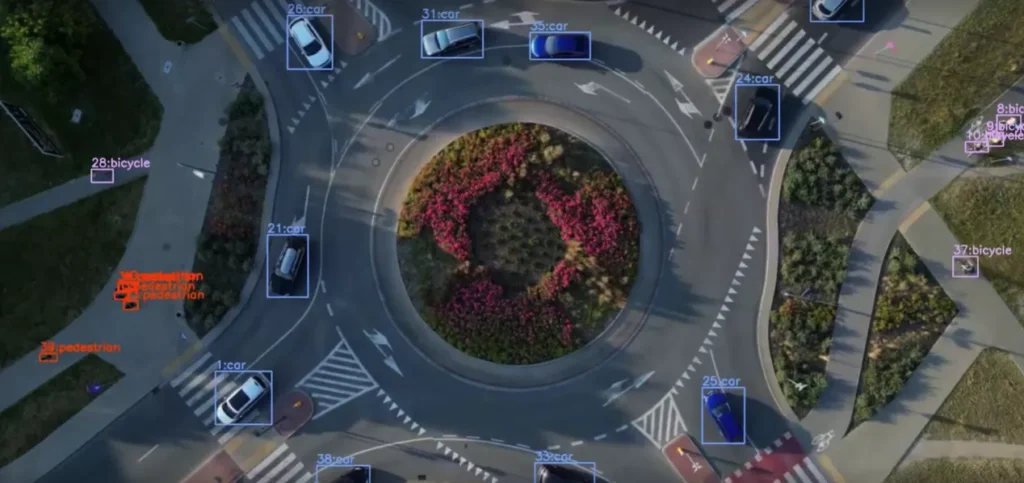

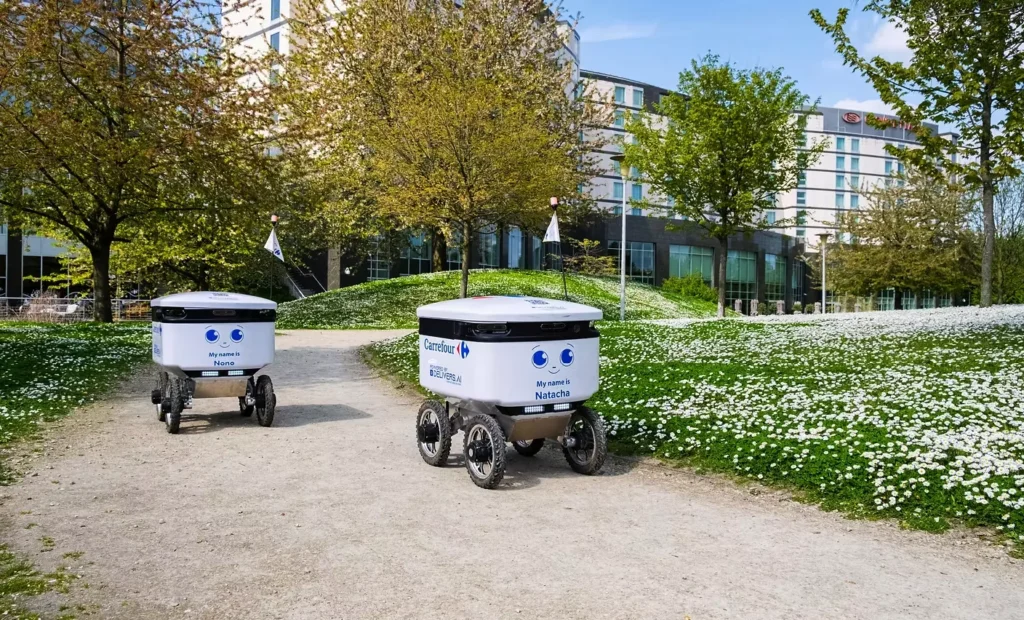
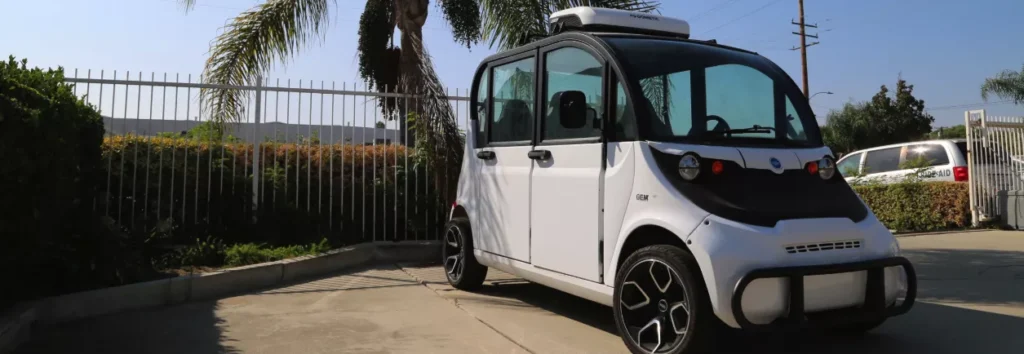
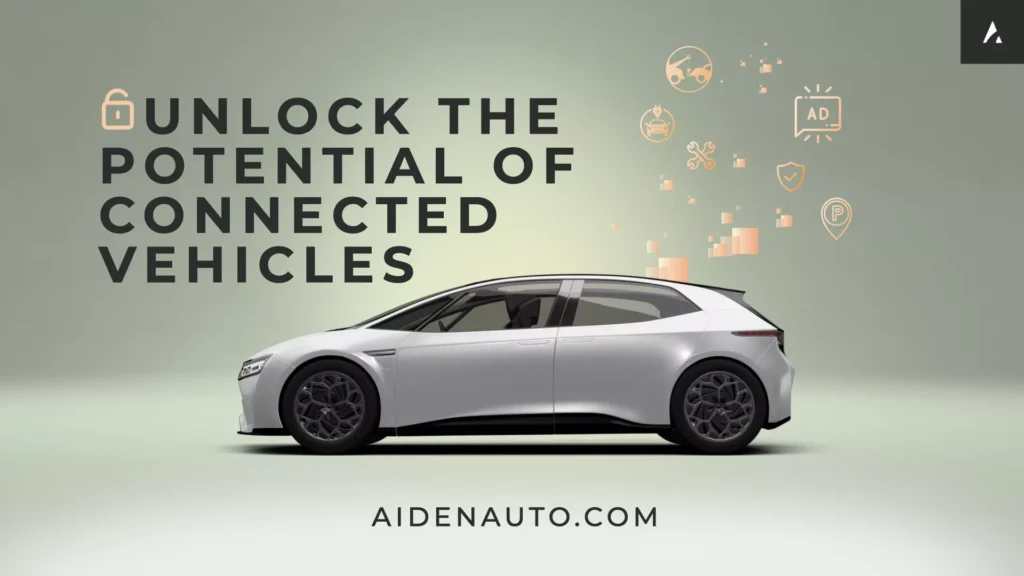





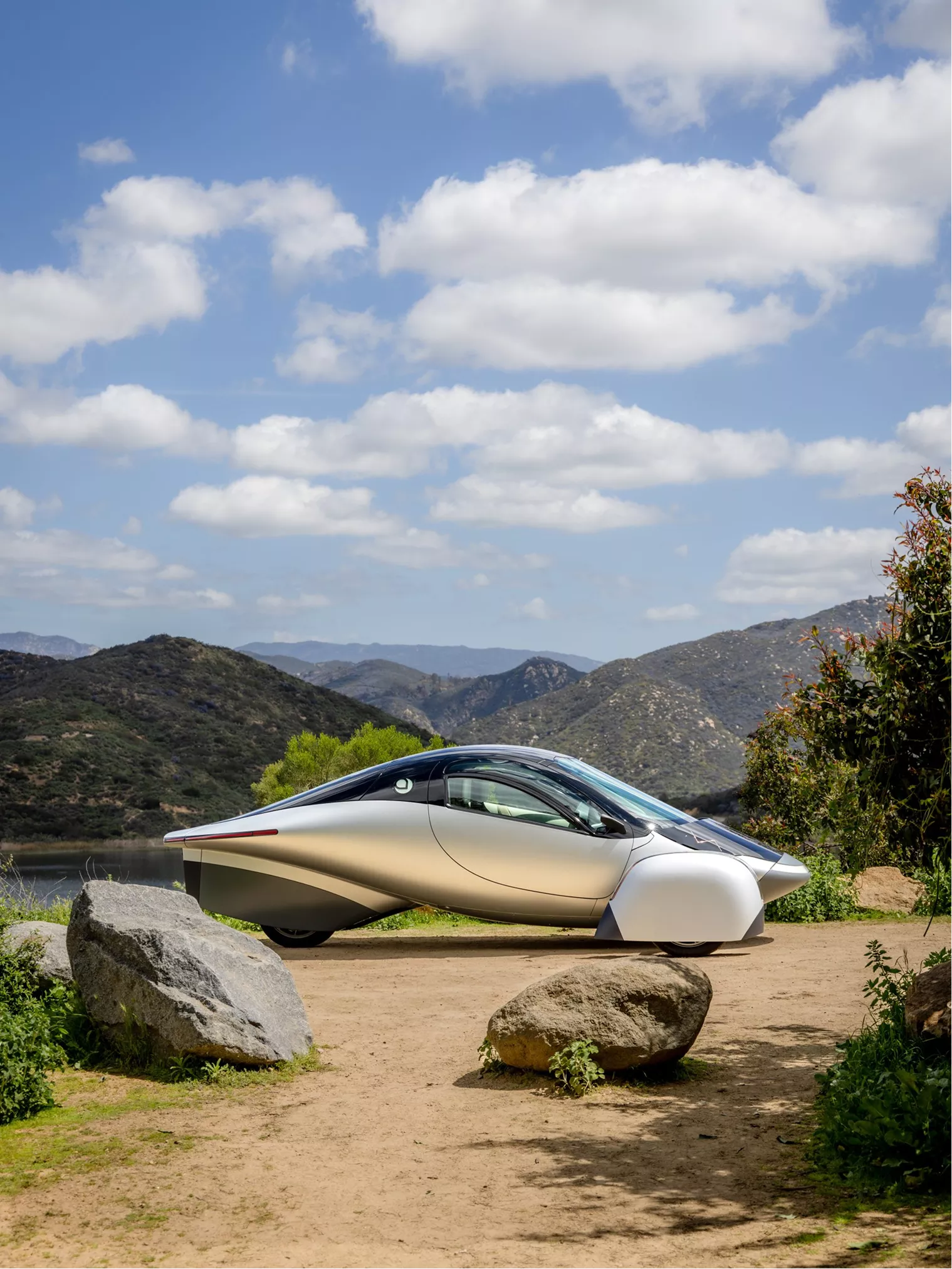
From EVs and batteries to autonomous vehicles and urban transport, we cover what actually matters. Delivered to your inbox weekly.
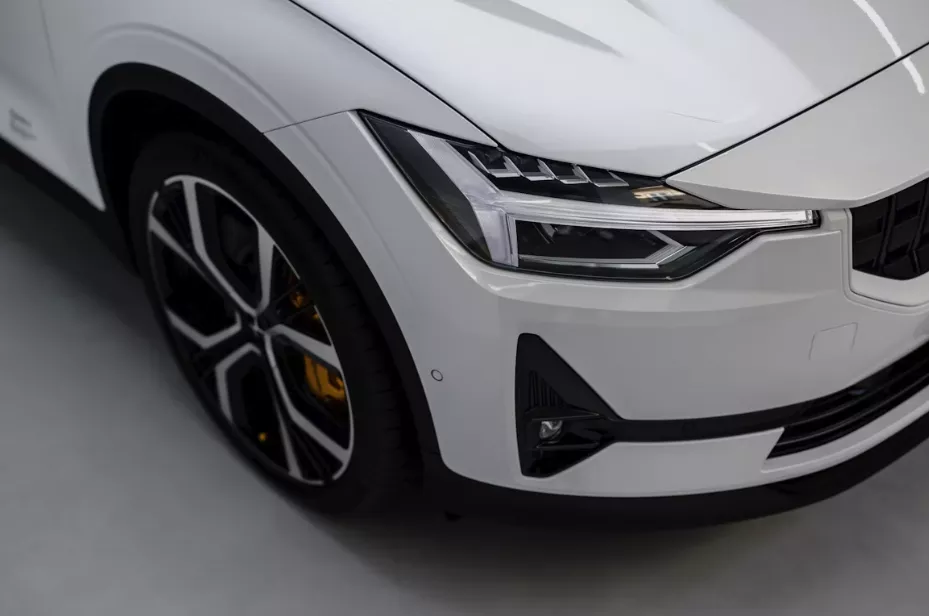
From parking your car to running the whole show.
In June, automakers made it clear: they’re no longer slapping AI onto dashboards, but rather building entire EVs around it.
We’ve hit the next phase: cars designed like smartphones, built around AI from the inside out. The only question now?
Who’s actually ready to scale it?
Batteries are the beating heart of the electric revolution. but what happens when they start to fade?
Enter NOWOS, a Netherlands-based startup pioneering a circular approach to battery life. Instead of scrapping used or damaged lithium-ion batteries, NOWOS repairs, refurbishes, and repurposes them — keeping critical materials in use and out of landfills.
With a 92% repair success rate and clients across Europe, NOWOS is proving that battery longevity is both a sustainability win and a business model. Learn more about NOWOS here!
Not long ago, AI in cars meant voice controls that misheard everything and lane assist that ping-ponged you between lines. Most automakers treated it as a nice-to-have — something you added late in development.
But EV-first players like Tesla and XPeng flipped that approach. They started with the software stack, then designed hardware around it — integrating sensors, chips, and user interfaces from day one.
That mindset is spreading fast.
In June:
We’re not just seeing better voice commands or smarter cruise control. OEMs are rethinking how cars are architected — from system-on-a-chip designs to update cycles — with AI at the center.
Looking ahead to 2027:
And the result?
Your next car might know when you’re cold before you do, offer route changes based on your calendar, or shift into silent mode when the baby’s asleep in the back.
Less steel and horsepower talk. More context, personalization, and smart defaults — from ignition to shutdown.
We have some catching up to do.

🤖 XPeng G7 Debuts With In-House AI Chips
XPeng launched its new G7 SUV with custom “Turing” chips delivering 2,250 TOPS of compute — enabling Level 3 driving, AR-HUD, and AI-first cockpit features. A major move toward full-stack autonomy. (Car News China)
🧠 Mercedes-Benz Shows Off AI That Gets You
At a low-key Berlin demo, Mercedes previewed its next-gen cockpit system built with Cerence and NVIDIA. You get eye-tracking menus, mixed input (talk, tap, glance), and smart features that adjust based on where you are and what you’re doing. (Global News Wire)
💰 Applied Intuition Hits $15B Valuation
The AV software startup raised $600M in a Series F led by Porsche Investments, pushing its valuation to $15B. With backing from a16z and Microsoft’s M12, Applied is doubling down on full-stack autonomy and simulation tools for OEMs. (Traffic Technology Today)
📈 QuantumScape Hits Milestone With Cobra Separator
QuantumScape says its new Cobra separator process is now in baseline production — a 25× speed boost over the old method. The breakthrough could finally unlock high-throughput solid-state battery manufacturing for partners like VW. Stock jumped 35% after the news. (QuantumScape IR)
🇧🇷 BYD Opens Brazil Factory, Pushes for Tax Breaks
BYD just held a showcase event at its new Camaçari plant in Bahia — the first car factory operated by a Chinese automaker in Brazil. They’re aiming to build 150,000 units annually by 2026 and is lobbying for reduced import taxes on partially assembled EVs. (Valor Econômico)
Everyone’s slapping AI onto their EVs. But who’s really building for it — and who’s just dressing up a touchscreen?
Let’s cut through the demos and figure out who’s actually delivering smart, software-defined vehicles.
🚫 Reality: The real shift is under the hood.
AI-first EVs are built with edge compute, multi-sensor fusion, and real-time scene interpretation baked into the stack.
In June, we saw three big moves:
🚫 Reality: The gap is already forming.
GM quietly disbanded its internal AI UX team in June. Stellantis still hasn’t revealed a cockpit stack that rivals XPeng or Mercedes. Meanwhile, Tesla keeps refining its FSD-led interface, and BYD is building its own AI chips.
This isn’t about dashboards. It’s about infrastructure.
🚫 Reality: They’re already shipping.
XPeng’s G7 SUV is rolling out with in-house Turing chips running AI-native features. Mercedes’ full-stack cockpit is slated for 2026 production. And Wayfinder’s SDK will hit mid-range EVs by early 2026.
They marked a shift toward AI-native cars — designed, built, and updated like software products. The race is on, and not everyone’s keeping pace.
“The Future of Mobility Is an Extension of You”
Explores how Sony Honda Mobility’s AFEELA vehicle transforms what a car can be—immersively integrating entertainment, autonomy, and human-centric AI via panoramic displays and Snapdragon cockpit SoC.
Every EV brand is chasing 500+ km and sub-15-minute charging. By the time they all get there, it won’t be the specs that set them apart.
It’ll be the cockpit.
🧠 Does the car know who you are?
🗣️ Can it understand what you mean — not just what you say?
👀 Does it respond to your gaze, tone, habits?
The brands investing in AI-first UX aren’t just polishing dashboards — they’re shaping how drivers trust machines.
In a world of spec parity, experience becomes the battleground.
📬 Hit reply and tell us: Which brand do you trust to get it right?